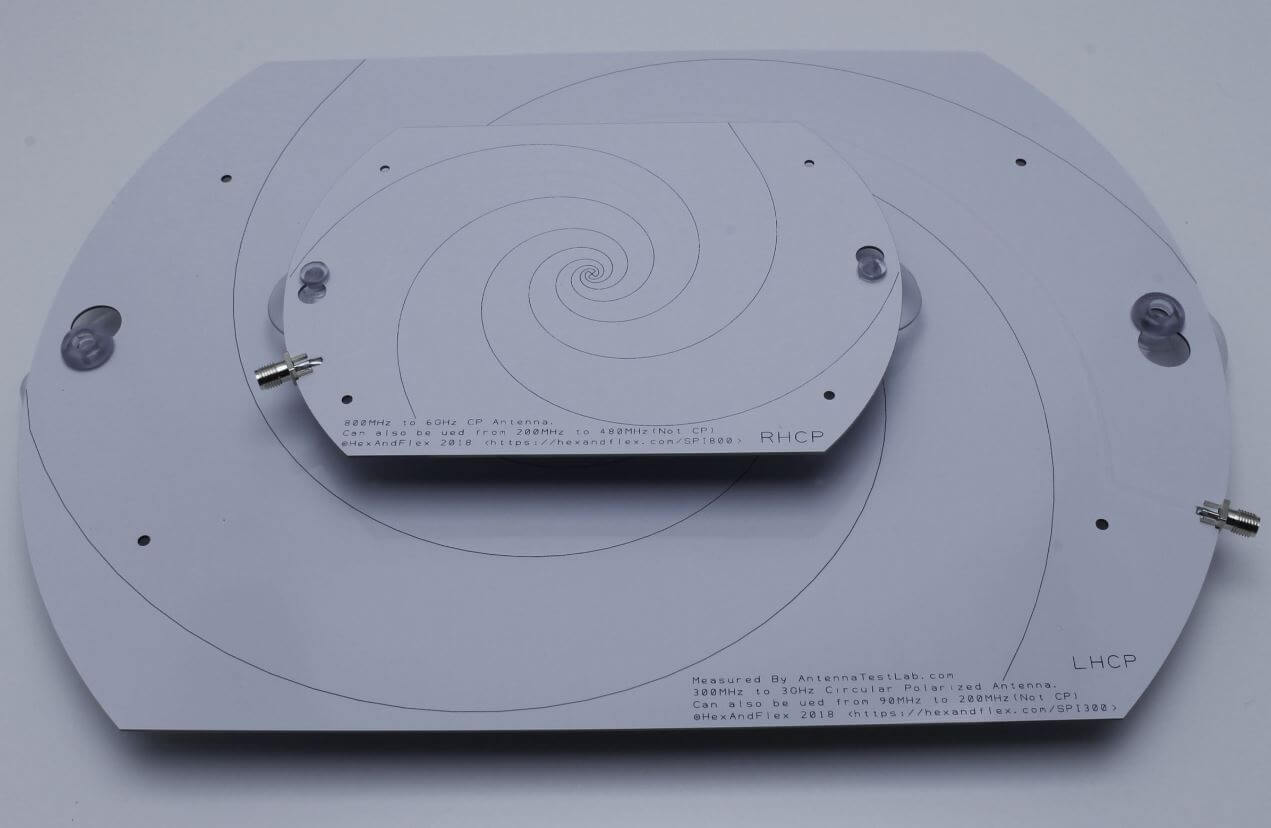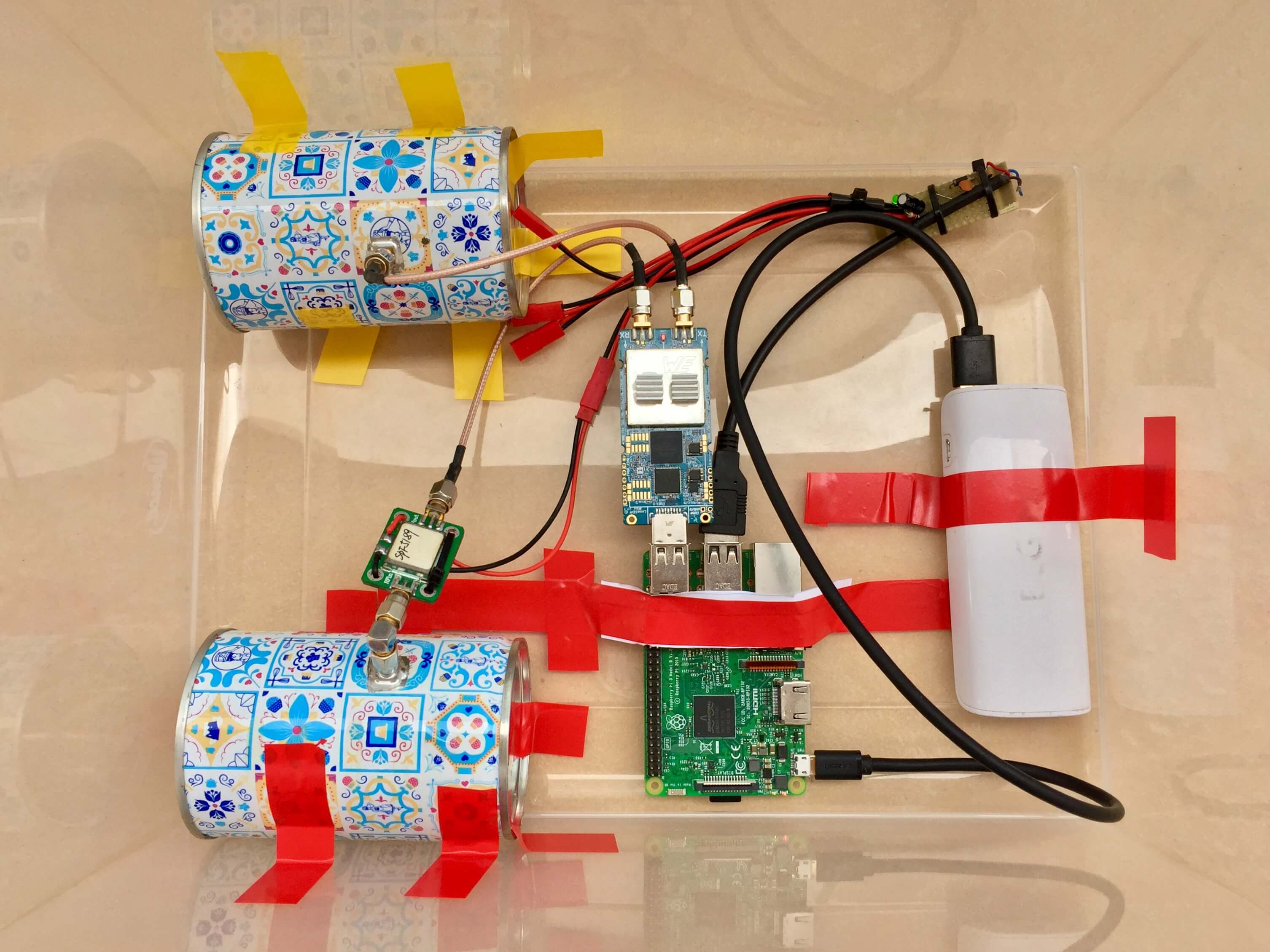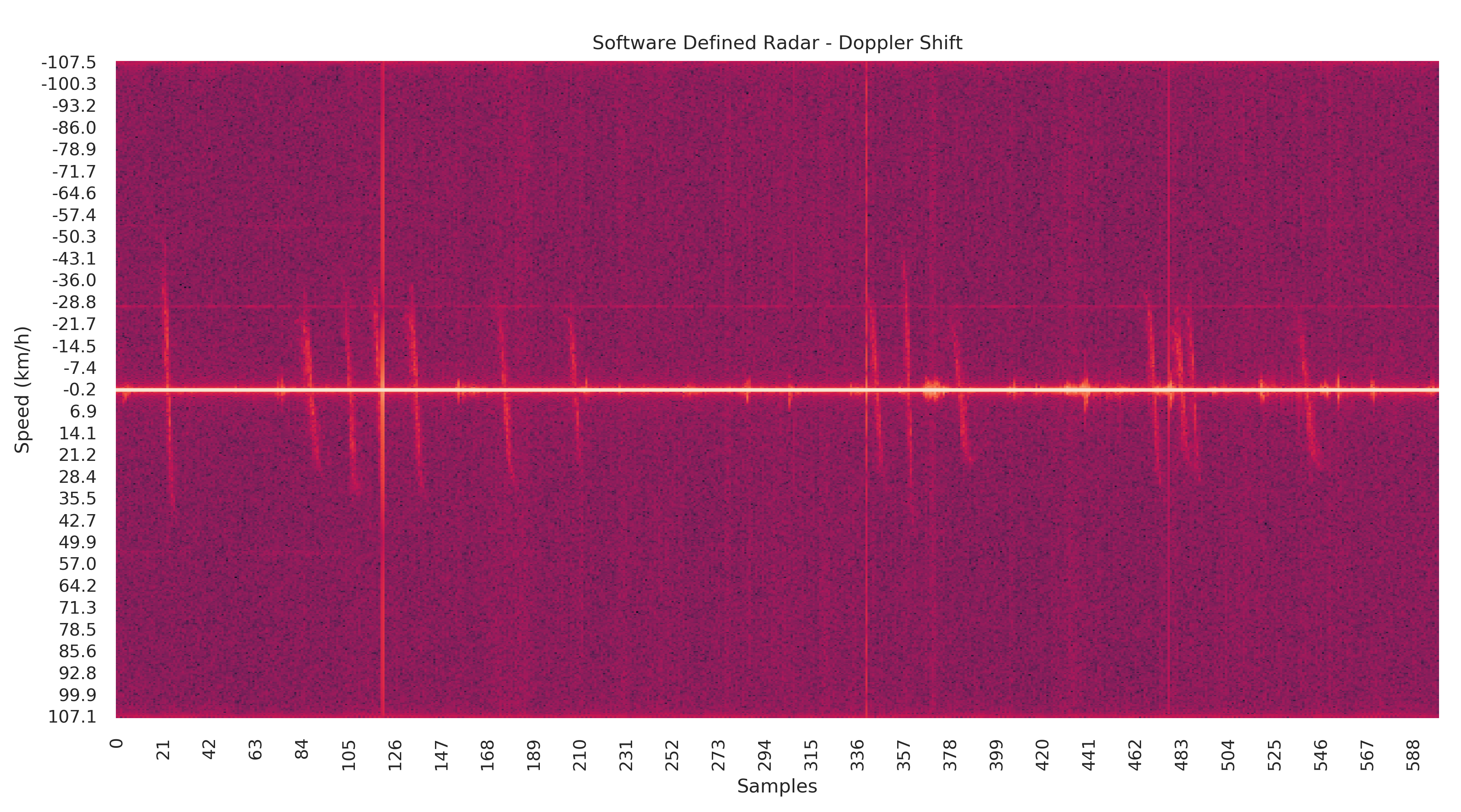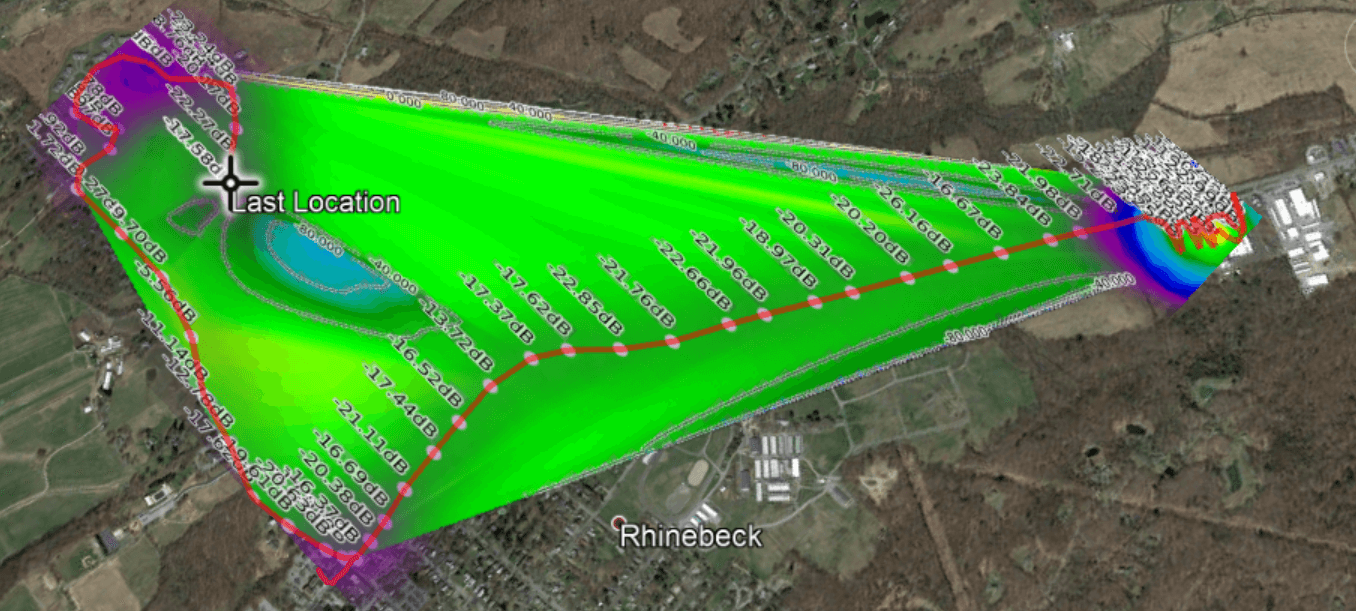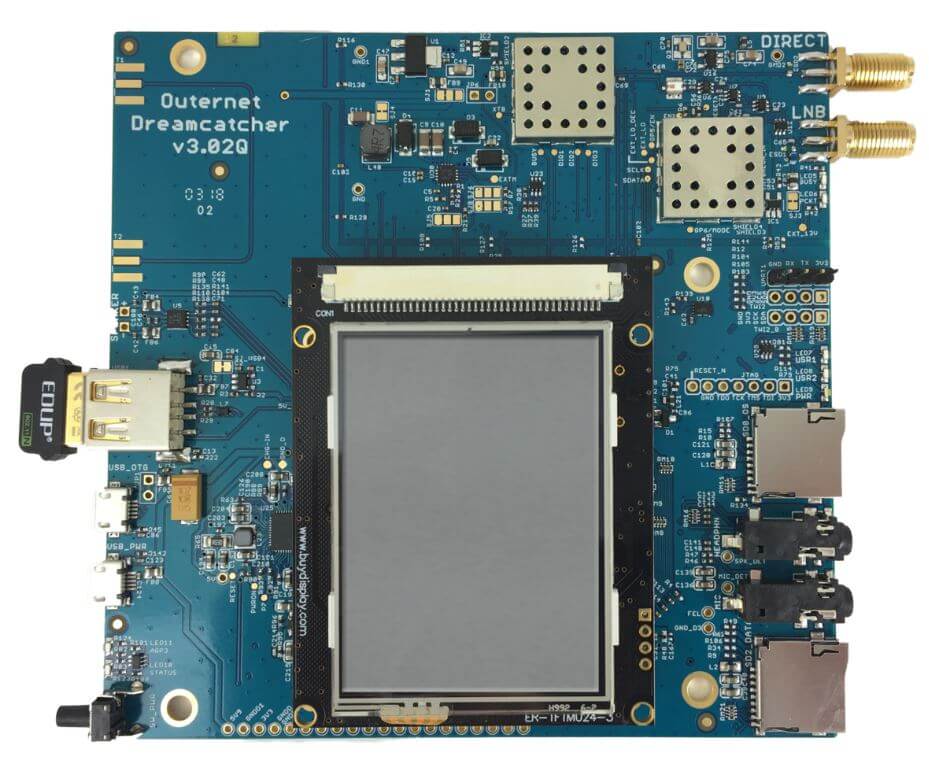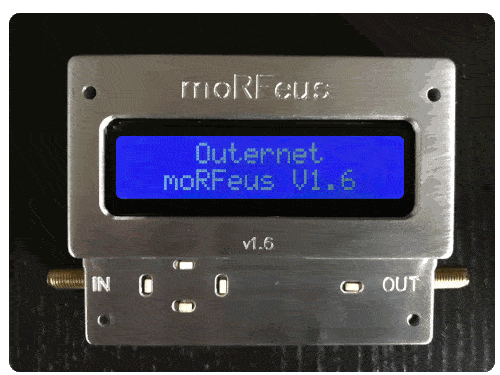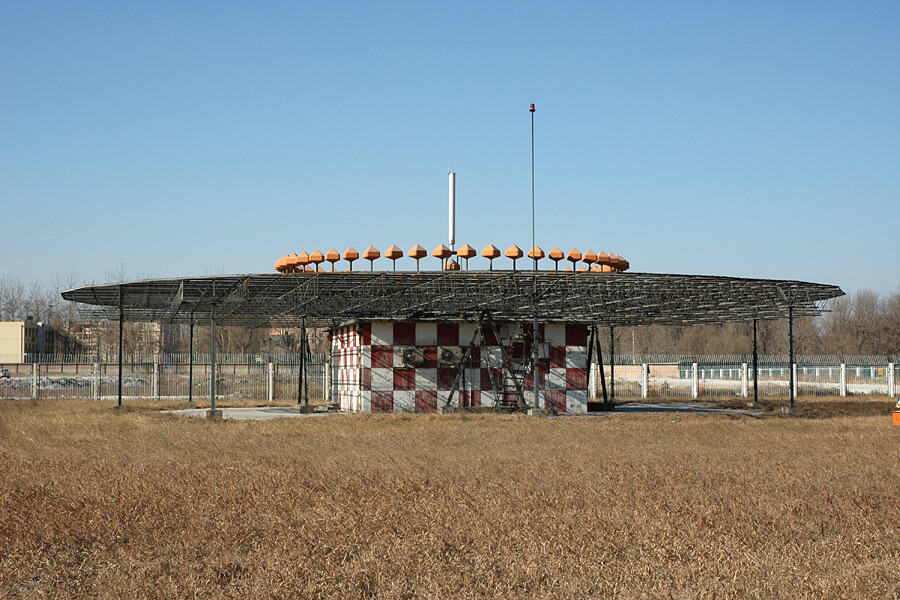Watching DVB-T TV and Using SDR Mode at the same time with two RTL-SDRs
Normally if you want to use the RTL-SDR as an SDR on Linux you install the SDR drivers, and blacklist the Kernel's built in DVB-T drivers to prevent them from taking over the RTL-SDR. Once blacklisted, no RTL-SDR plugged into that system can be used for DVB-T watching unless the blacklist is removed. But if the blacklist is removed, SDR mode cannot be used. So it's impossible to use one RTL-SDR as an SDR, and one for DVB-T TV at the same time.
However now, Hayati A. has submitted news about his RTL-SDR driver patch which allows you to run SDR mode and DVB-T TV mode at the same time with two RTL-SDR dongles.
The idea behind allowing two dongles to operate in separate modes is that one dongle needs to have the PID code stored in its EEPROM changed to a code which was recently registered by Hayati. The dongle with this PID code won't be recognized as a DVB-T device by Linux, and so can only be used for SDR. An dongle with the stock EEPROM can then be plugged in and used for DVB-T.
The patch has been accepted into the development branch of the librtlsdr drivers and the Readme notes read:
- A special USB vendor/product id got reserved at http://pid.codes/ : 0x1209/0x2832
- for such devices the linux kernel's DVB modules are not loaded automatically, thus can be used without blacklisting dvb_usb_rtl28xxu below /etc/modprobe.d/
- this allows to use a second RTL dongle for use with DVB in parallel
- the IDs can be programmed with 'rtl_eeprom -n' or 'rtl_eeprom -g realtek_sdr'
Note that the DVB-T drivers in Linux should not be blacklisted if you are doing this. Also some cheaper RTL-SDR models don't come an EEPROM, and those models can not do this.
